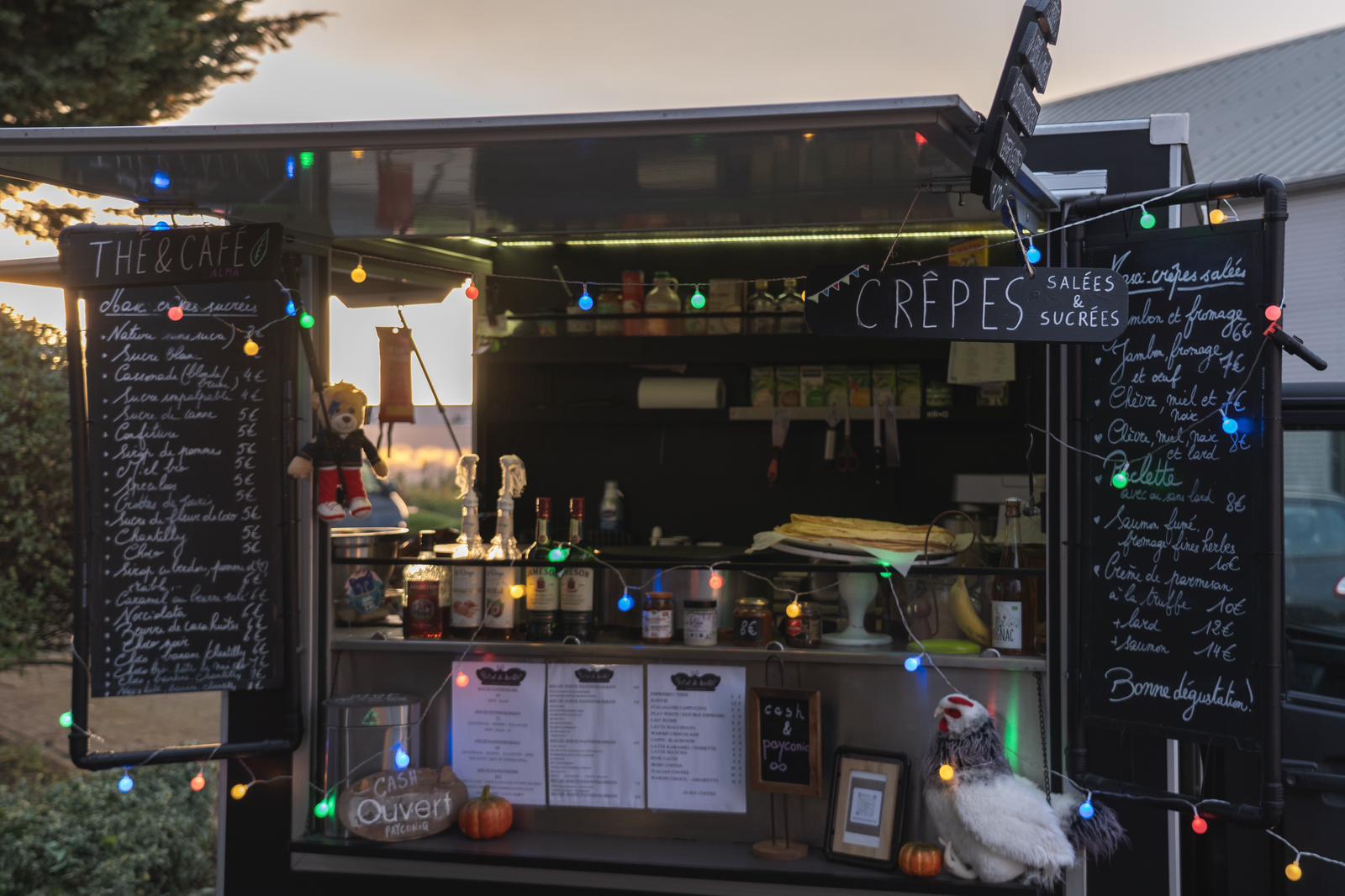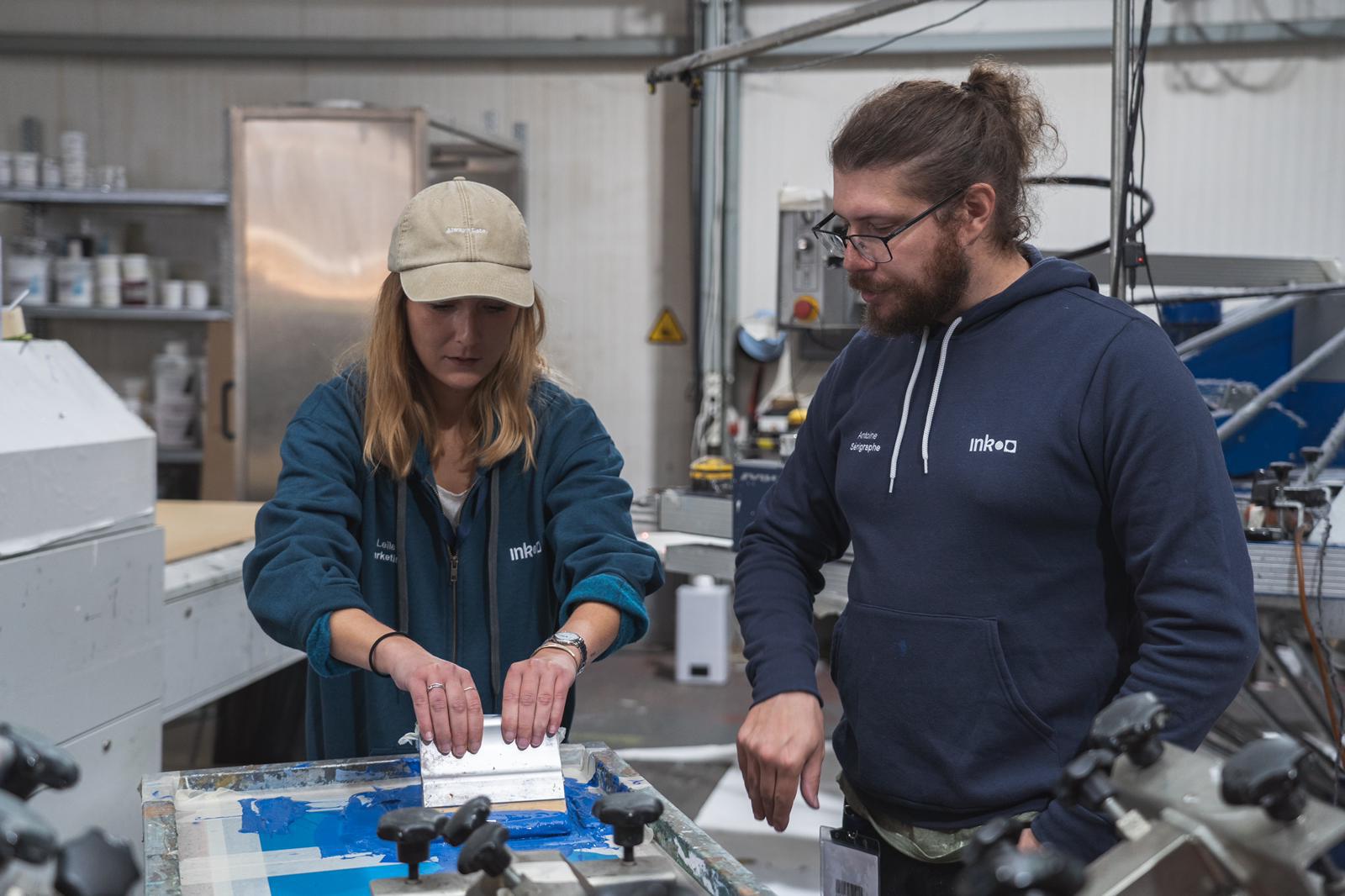Hey guys it's Alicia here with some new insights! 👀 Today we're going to look at how to host an event in your office and in the best way. Ready?
Key points
General organisation: Laying the foundations
- Plan your budget
- Choosing the right date
- Create your guest list
- Brainstorm with your team
- Plan the catering
Visitor experience: leave a lasting impression
- The essentials
- Go further
- A clear programme
Communication: get the message across
- Marketing material
- Internal communication
- External communication
- Online registration
Execution on D-Day: The big moment
- Preparing the team
- Content for social networks
- Adaptability
Post-event follow-up: closing on a high note
- Thank your team and guests
- Share the highlights
- Collect feedback
Introduction
Organising an office event can be a major challenge, with all the logistics, guests, communication and unforeseen circumstances. But with a little organisation, it's the perfect opportunity to unite your team, strengthen your ties with your customers and showcase your projects.
That's what we tried at Inkoo, when Alma Café, who had been based in our offices for a few months, decided to inaugurate their roasting point. Seduced by the idea, we decided to combine forces to create an open day.
But we started planning just three weeks before the date. The result? A rewarding experience, but one littered with valuable lessons that we share with you here. To simplify your own organisation, we've also created a free checklist that covers all the essential aspects.
In this article, we'll look at general organisation, visitor experience, communication, execution on the day and post-event follow-up.
1. General organisation: Laying the foundations
Plan your budget
Start by defining a clear and realistic budget. List your priorities: food, drinks, communication, or entertainment, and allocate funds accordingly. This will avoid any last-minute surprises.
Choosing the right date
We learned the hard way that choosing the right date is crucial. Opting for 24 October, a short, cool day in the middle of the school holidays, limited the participation of many parents.
Take into account seasonal constraints and the availability of your target audience.
Create your guest list
Identify your target audience: customers, partners or colleagues. For us, it was our customers first and foremost, while leaving the door open to the families and friends of the team.
A great opportunity for your employees to show off their professional environment to their friends and family. In our case, this inclusion has had a very positive impact on the team's atmosphere and commitment.
Brainstorm with your team
Including your team in the brainstorming phase can bring out new ideas and ensure their commitment. In our case, some employees said they would have liked to have been more involved in the planning.
Organise a creative session to include everyone and share responsibilities.
Plan the catering
What to choose: in-house catering or external service providers?
We worked with local businesses: fixed-price crêpes and cocktails provided by Le Juste Gin, an enthusiastic young craft brand. Working with local artisans is not only cost-effective, but adds an authentic touch to your event.


A word of advice: opt for menus tailored to your guests (vegetarian, gluten-free options, etc.) and negotiate group rates or collaborations.
2. Visitor experience: leave a lasting impression
The essentials
Don't neglect the basic logistics:
- clear signage
- available parking
- access to toilets,
- lighting,
- heating.
If your space is unusual (like a workshop), anticipate the challenges. In our case, the cooler weather dampened the spirits of our guests, a lesson to be learned for future events.
Go further
Offer activities such as live workshops, guided tours or even a photobooth. We organised embroidery and live printing demonstrations, but the lack of a fixed timetable exhausted our teams. Plan rotations and simplify your offers to avoid overload.

Offering a souvenir of the event is always appreciated. For example, we embroidered personalised caps on site. It's a memorable way of prolonging the impact of your event with participants.
A clear programme
Draw up a precise schedule with fixed times. We were a little sloppy on this point, which disrupted our live demonstrations. Keeping to the programme optimises your guests' experience.
3. Communication: get the message across
Marketing material
Prepare flyers, badges and goodies well in advance.
When we took part in the Odoo Experience, our materials had not yet been finalised or printed, so we weren't able to distribute them.
This would have raised the profile of the event and probably attracted more participants on the day.

Internal communication
Brief your team on their role and how the day will run. Create a task board and make sure everyone knows what to expect. We found that better internal communication avoided misunderstandings and improved coordination.
External communication
Use all available channels: social networks, newsletters, calls and even paper invitations if your audience is more traditional. Start early to maximise the reach of your message.
Online registration
Create an intuitive web page where guests can register. This will help you estimate food, drink and goodie requirements.
And don't forget to allow on-site registration to capture newcomers and be able to retarget them later with newsletters, or even ask them for some feedback on the event.
4. Execution on D-Day: The big moment
Preparing the team
Brief your team on their roles to ensure smooth organisation. And why not offer a jumper embroidered with everyone's role?
This strengthens team cohesion while helping visitors to easily identify the right person for their questions. A simple and effective idea for a successful event!
Content for social networks
Prepare a strategy for capturing photos, videos and lives. We regretted not having planned more specific content. Good visuals boost post-event visibility.
Adaptability
The unexpected always happens. Prepare a small team to solve problems in real time. A responsive team makes all the difference in maintaining a positive atmosphere.
5. Post-event follow-up: closing on a high note
Thank your team and guests
Send personalised thank you notes to your guests and team, either in person or by email, to leave a lasting impression and strengthen your relationship.
Share the highlights
Post a summary of the event on your social networks with photos and anecdotes. This extends the impact of your event and engages your community.
Collect feedback
Thanks to the emails you have carefully collected when registering participants, you can easily send out a short survey to gather feedback on the organisation, programme and activities. This feedback is invaluable for improving your future events.
Conclusion
Organising a successful event requires careful planning, clear communication and flawless (or almost flawless) execution. With the right tools and a committed team, every challenge becomes a learning opportunity.
Download our free checklist to simplify your future events and ensure that nothing is left to chance!





